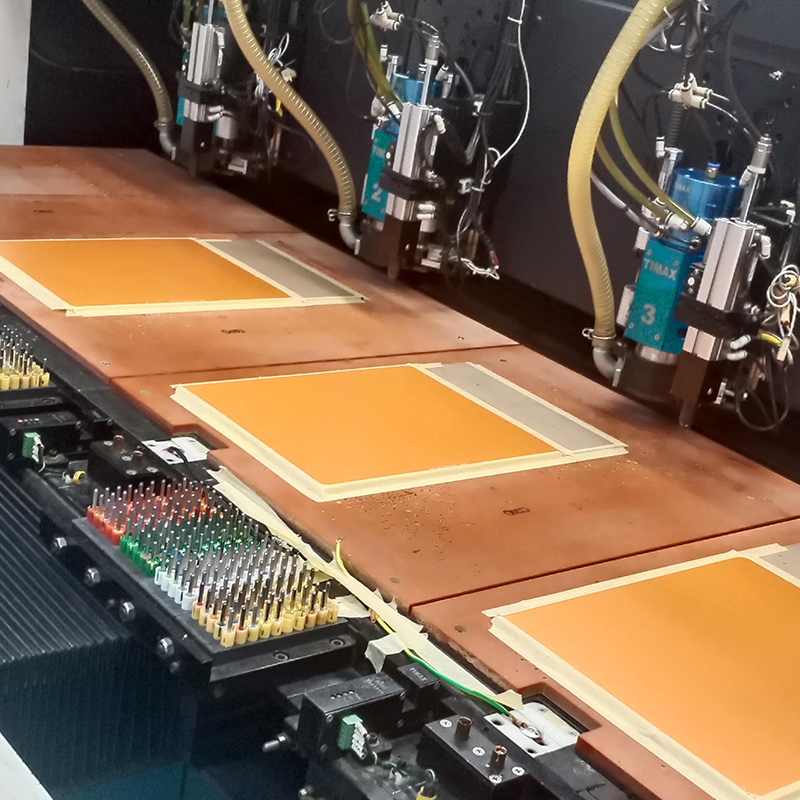Flexible circuit boards, also known as flexible circuits or flexible printed circuit boards (PCBs), are important components in many electronic devices. Unlike rigid circuits, flexible circuits can bend, twist and fold, making them ideal for applications requiring complex designs or space constraints. However, like any manufacturing process, some challenges can arise during the production of flexible circuit boards.
One of the major issues faced during manufacturing is the complexity of designing flexible circuits. Due to their flexibility, these boards often require complex and specialized layouts. Designing a circuit that can be bent without any adverse effect on the electrical connections or components is a difficult task. Additionally, ensuring that the flex circuit can meet the required electrical performance specifications adds an additional layer of complexity.
Another obstacle encountered during flexible circuit board production is material selection. Flexible circuits typically consist of multiple layers of polyimide film, copper traces, and adhesive materials. These materials need to be carefully selected to ensure compatibility and reliability. Choosing the wrong material can result in poor flexibility, shortened lifespan, or even circuit board failure.
Additionally, maintaining circuit pattern accuracy during the manufacturing process is also a challenge. Due to the flexibility of these boards, precise alignment is critical. During processes such as etching, lamination or drilling, misalignment can occur, resulting in poor conductivity or even short circuits. Manufacturers need to ensure strict quality control measures are in place to minimize misalignment issues.
Another common issue faced during flexible circuit board production is the reliability of the adhesive that holds the layers together. The adhesive needs to provide a strong and long-lasting bond between layers without compromising the flexibility of the circuit. Over time, changes in temperature, humidity, or mechanical stress can affect the integrity of the adhesive, causing the board to delaminate or fail.
Flexible circuits also present challenges during testing and inspection. Unlike rigid circuit boards, flexible circuits cannot be easily clamped or secured during testing. To ensure an accurate and reliable test, additional care is required, which can be time-consuming and laborious. Additionally, pinpointing faults or defects in flexible circuits can be more challenging due to their complex designs and multi-layer structures.
Integrating components onto flexible circuit boards also creates problems. Small surface mount components with fine pitch require precise placement on flexible substrates. The flexibility of circuit boards makes it challenging to maintain the required precision during component placement, increasing the risk of component tilt or misalignment.
Finally, manufacturing yields for flexible circuit boards can be lower compared to rigid boards. The complex processes involved, such as multi-layer lamination and etching, create a higher potential for defects. Yield may be affected by factors such as material properties, manufacturing equipment, or operator skill level. Manufacturers need to invest in advanced technology and continuous process improvements to increase output and minimize production costs.
All in all, the flexible circuit board manufacturing process is not without its challenges. Many issues can arise, from complex design requirements to material selection, from alignment accuracy to bonding reliability, from testing difficulties to component integration, and lower manufacturing yields. Overcoming these obstacles requires in-depth knowledge, careful planning, and continual improvements in manufacturing technology. By effectively addressing these challenges, manufacturers can produce high-quality and reliable flexible circuit boards for a variety of applications in the electronics industry.
Post time: Sep-21-2023
Back







